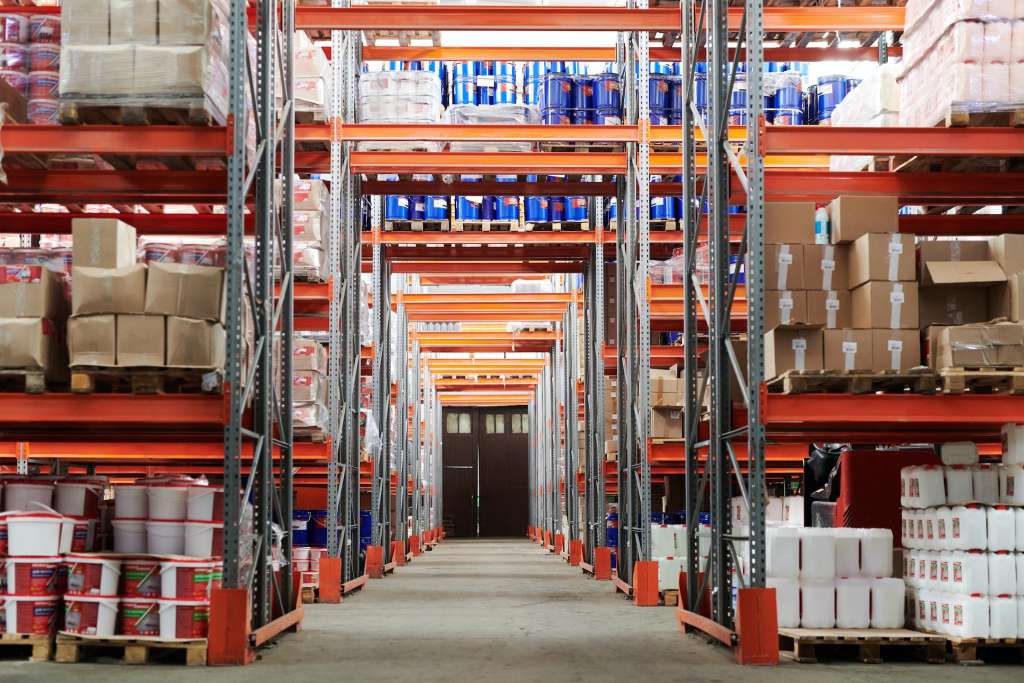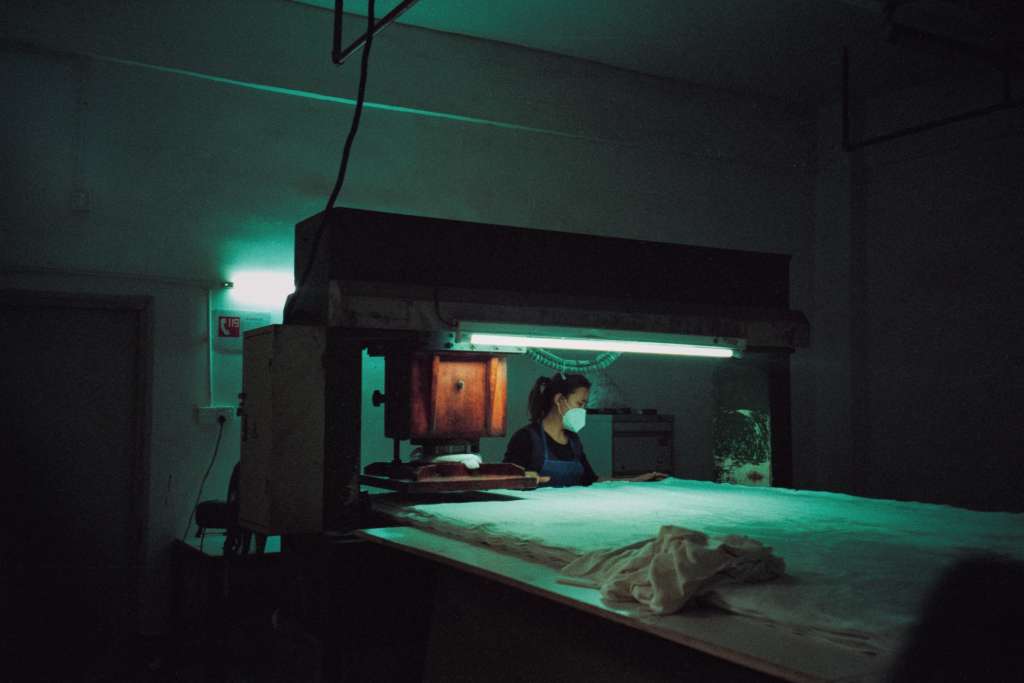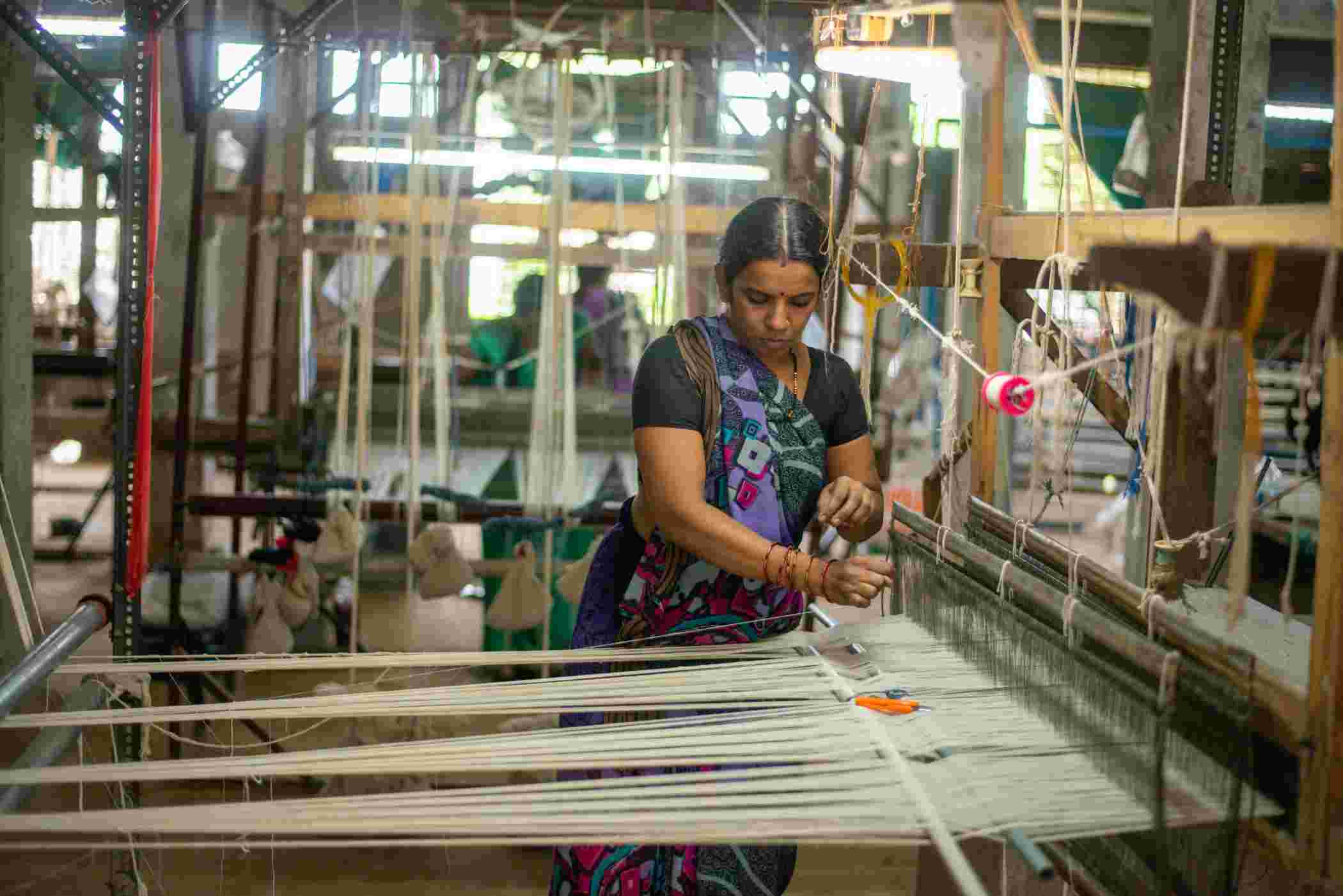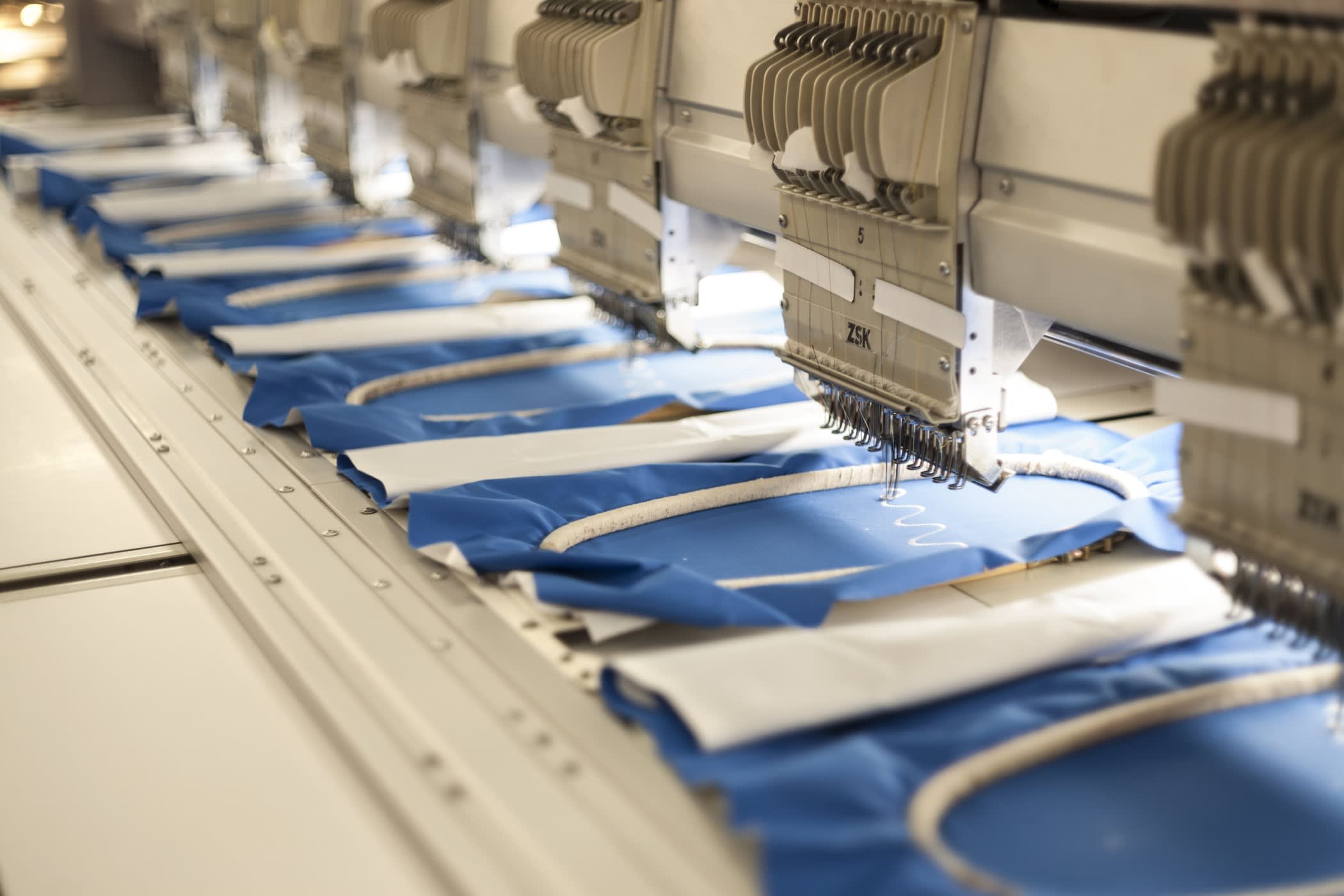11 Reasons Why Garment Factories Need A Real-Time Production Management System



We live in a technology-driven world, wherein every industry benefits from using modern technologies and making fast-paced growth. The same applies to the fashion apparel and garment industry. Garment producers have been undergoing several challenges in the production of varied items in numerous styles, increasing delivery speed, enabling flexibility, and offering consistent and up-to-the-mark quality. To make a mark in the highly competitive garment industry, a real-time production management system is imperative to meet the global standards of the garment industry.
Garment factories carry out apparel production with a diverse process flow and face various challenges throughout the year. Such challenges include:
· Issues in completing the production on time and meeting the delivery deadlines.
· Lack of coordination among factory managers and the floor staff.
· Delay in understanding real-time problems encountered by the factory ground staff.
It is believed that every problem has a solution. In today’s digital era, implementing a real-time production management system is one of the supreme solutions for plummeting garment factory-floor production.
What is a Real-Time Production Management System?

It is a technology-driven system that is proficient in collecting manufacturing data the minute it arises through an electronic system. This system efficiently presents the production analysis in suitable formats to garment factory managers or owners. In short, this advanced system is an effective tool that can help digitalize the production floor data.
With various fashion trends emerging in the market, consumer demands are growing speedily. With growing consumer standards and expectations, the need for the speedy delivery of products has also skyrocketed. And when speedy delivery is a necessity, the number of workers also needs to be increased. An increased number of factory workers will result in an increase in worker wages to be paid. However, implementing a real-time production management system in the garment industry will help eradicate most of the challenges faced by garment merchants, traders, and retailers.
11 Benefits of a Real-Time Production Management System

1. Boosts Transparency for a Smooth Manufacturing Process
Every factory manager must have clear knowledge about the actual working hours of the floor staff, the number of hours they spent on the machine, and the number of hours they were absent from their workplace. Managers can keep track of all this data using a real-time production management system.
2. Maintains Records for Easy Process Analysis
Factory managers must obtain production quantity and inventory records for every process and operation involved. Product information and the process-wise Windows Information Protection (WIP) data are crucial information for properly managing garment manufacturing orders from start to end. A real-time production management system can help view real-time production and analyse the process-wise capability and tangible production.
3. Helps in Easy Tracking of Non-Productive Hours
Several garment factory managers fail to track the non-productive hours of the floor staff due to the absence of the right tools. Non-productive working hours are those during which workers are away from the machines or otherwise idle. Rising non-productive hours is a sign of a potential drop in overall factory performance. A real-time production management system can be a solution in this case and help track all the non-productive hours of the workers.
4. Aids in Managing Incentive Earnings
Every factory employee needs some motivation. By implementing an incentive scheme, a garment factory owner can boost the motivation of the employees as well as the factory’s output. Some real-time production management systems are equipped with a built-in incentive management feature that helps track every employee’s daily performance in terms of the process, machine types, and type of product manufactured. Using a system which calculates incentives easy is a must for a garment factory wishing to improve its overall productivity.
5. Enables Easy Tracking of Orders
Garment factory managers or owners should have clear tracking of the placed orders. A real-time production management system makes tracking each movement of the order easy by offering complete transparency during the entire delivery process. The system shows the current status of the order, such as the current position of the order - still on the cutting floor or moved to the preparatory division. The system also shows the number of pieces out of the total order quantity that is completed and packed.
6. Helps in Keeping Track of Production Status from a Remote Location
A real-time production management system helps access the production data, WIP status, and other vital details related to production processes from a remote location. This decreases the need to take follow-up through calls or emails about the order status and also wipes out the need to ask for detailed reports from factory managers.
7. Aids in Analysing Real-Time Employee Performance
By implementing a production management system, garment factory managers can easily measure the actual performance and productivity of each worker on the floor. By obtaining data about the real performance of employees, managers can make better decisions regarding production scheduling. This will eventually help boost factory output.
8. Offers Detailed Insights into Factory Processes
Keeping an eye on every detail of company processes manually is a real task. It is not an efficient way of smoothly managing factory operations. A real-time production management system can be a savior in this case. The system can offer detailed reports generated automatically in a given format and also display the production status on the dashboard.
It offers detailed reports such as:
· Hourly Report
· Key Performance Indicator (KPI) Data & Analysis
· Order status (by style, color, size, customer, etc.)
· WIP data (inventory status at every stage of production processes)
9. Aids in Quality Analysis of Garments
The quality of manufactured garments is of prime importance. Upholding quality, testing stitched garments, detecting defects, and sending faulty pieces for mending are essential to the production process. Quality is just as important as quantity, even in large-scale manufacturing processes. Tracking quality data is an excellent feature offered by a real-time production management system.
10. Helps in Planning and Scheduling of Production Orders
The real-time production data and quality check analysis offered by a real-time production management system helps in the planning and scheduling of current and upcoming orders. This system streamlines all the processes and helps you stay prepared for upcoming orders.
11. Offers Digitalization of the Entire Workflow
Present-day production factories need advanced digital solutions for efficient management of factory processes. A real-time production management system can help digitize production data and pull up required data as and when needed, in just a few clicks.
The Bottom Line

Maintaining a record of every detail in the garment production process is vital for running a smooth production system. A real-time data gathering and analysis system is therefore a must-have digital solution for fashion manufacturing brands. Fashinza, a tech-enabled manufacturing platform for fashion brands, is an ideal choice for brands looking for a real-time production management solution. If you want to transform the overall performance of your garment manufacturing business, click here.
Implementation of a real-time production management system in a garment factory might seem a choice to a few. But for companies looking to supply to worldwide consumers and brands, it is essential to integrate a real-time production management system into their work process.



















